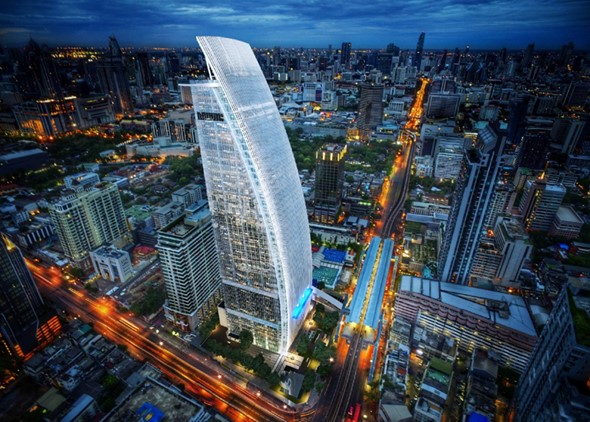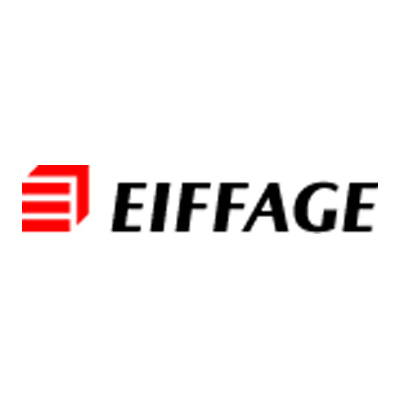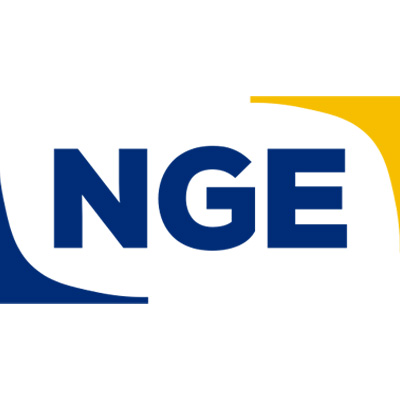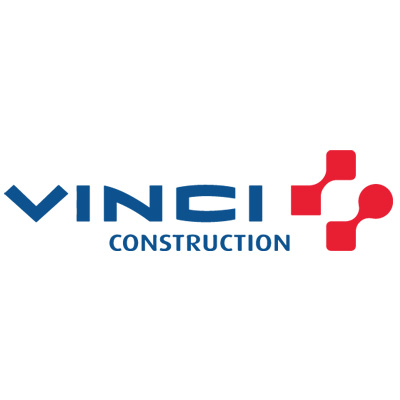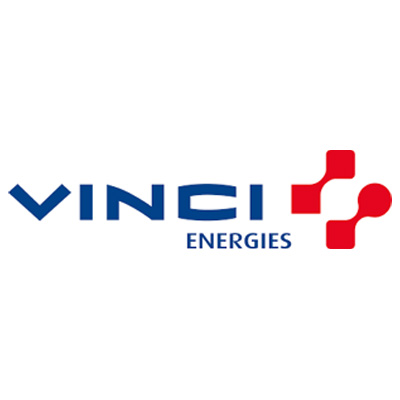
Reducing Embodied Carbon in Cities: Nine Solutions for Greener Buildings and Communities
Avril 2024
World Economic Forum (34 pages).
As cities grow in population and importance, urban construction will continue to gather pace. It is estimated that global floor area is expected to double by 2060, the equivalent of adding New York City every month for the next 40 years. This white paper highlights case studies and nine innovative solutions that provide models for cities seeking to meet sustainable development goals.
World Economic Forum (34 pages).
As cities grow in population and importance, urban construction will continue to gather pace. It is estimated that global floor area is expected to double by 2060, the equivalent of adding New York City every month for the next 40 years. This white paper highlights case studies and nine innovative solutions that provide models for cities seeking to meet sustainable development goals.





